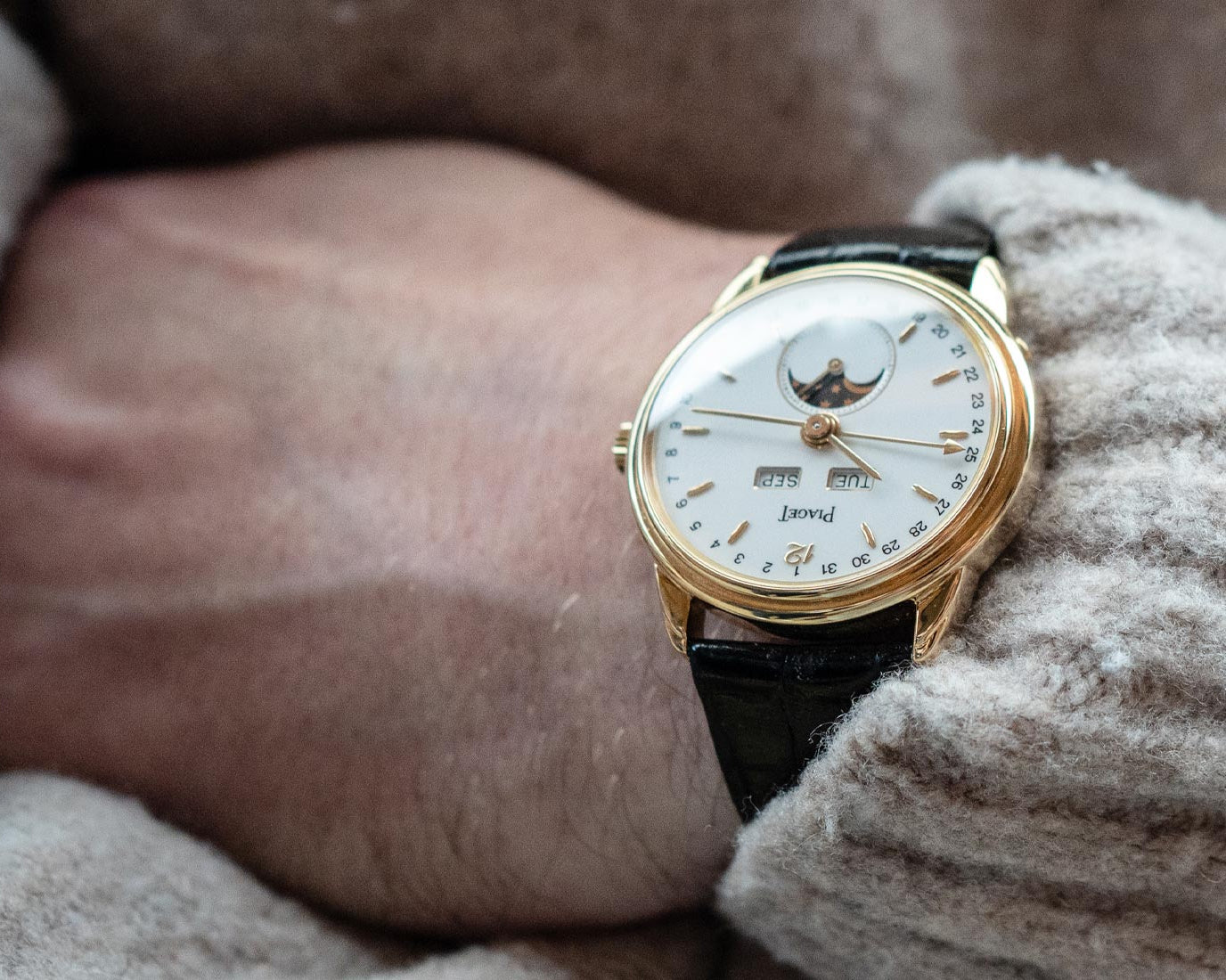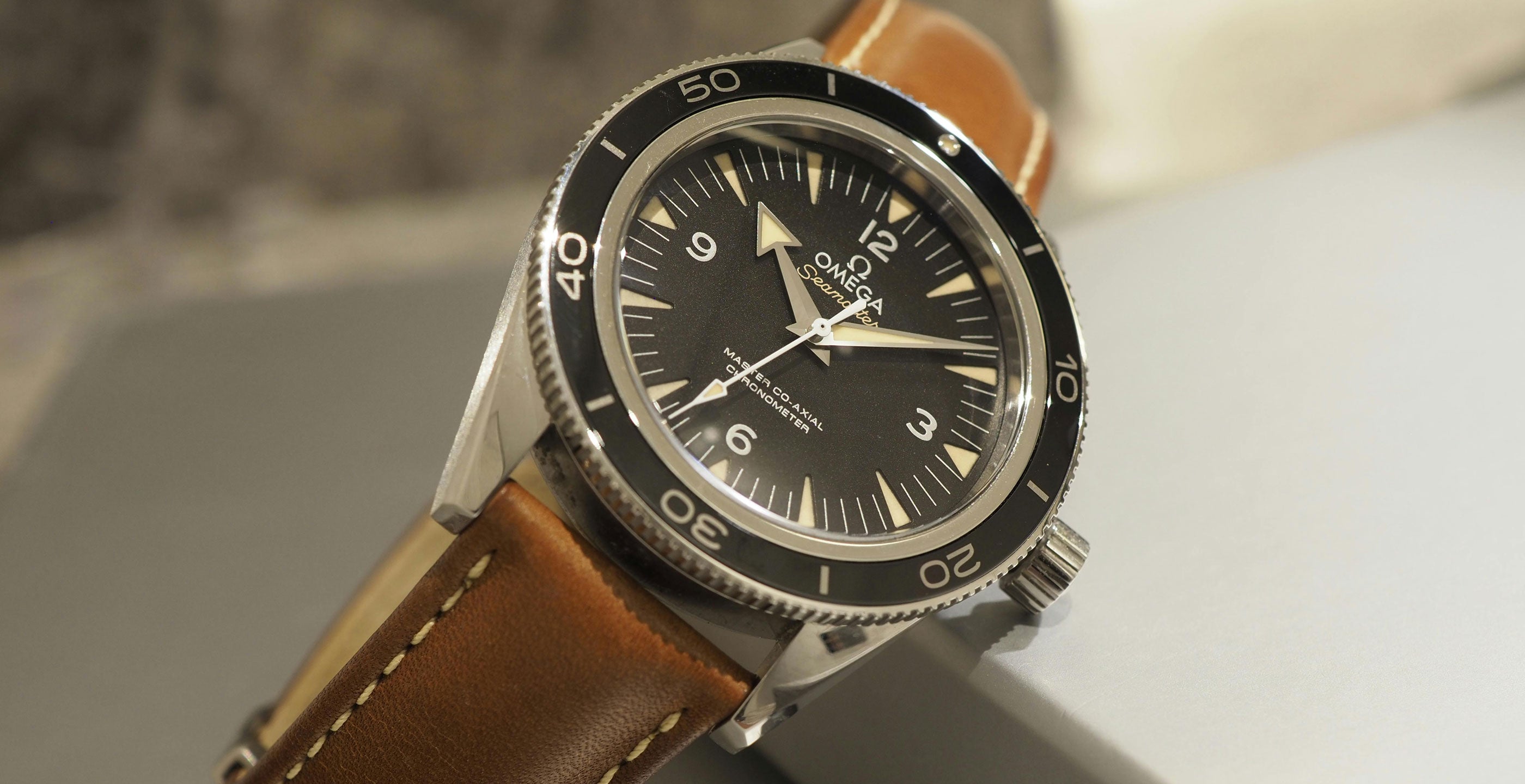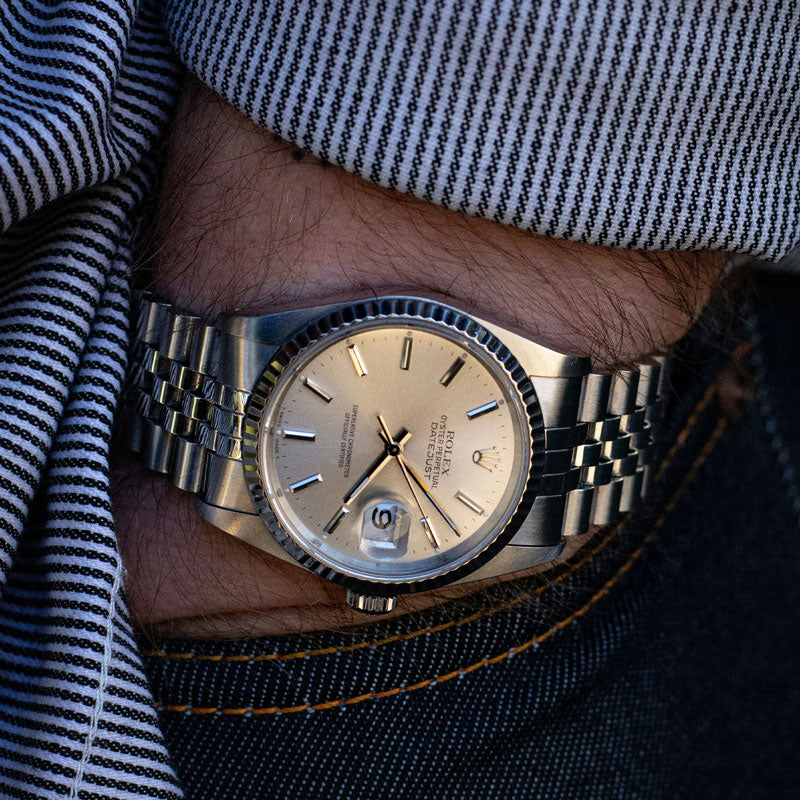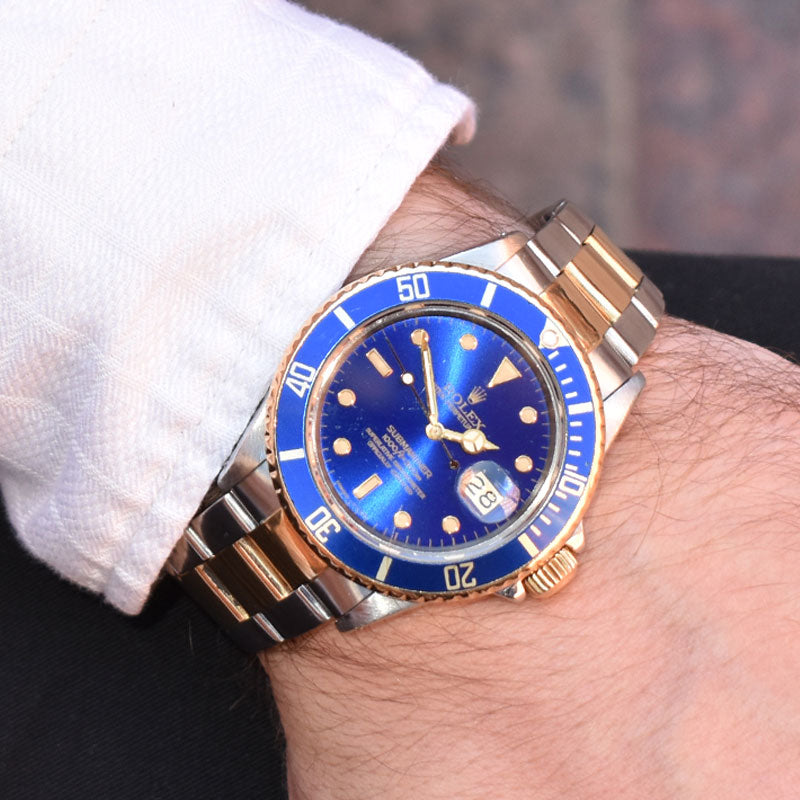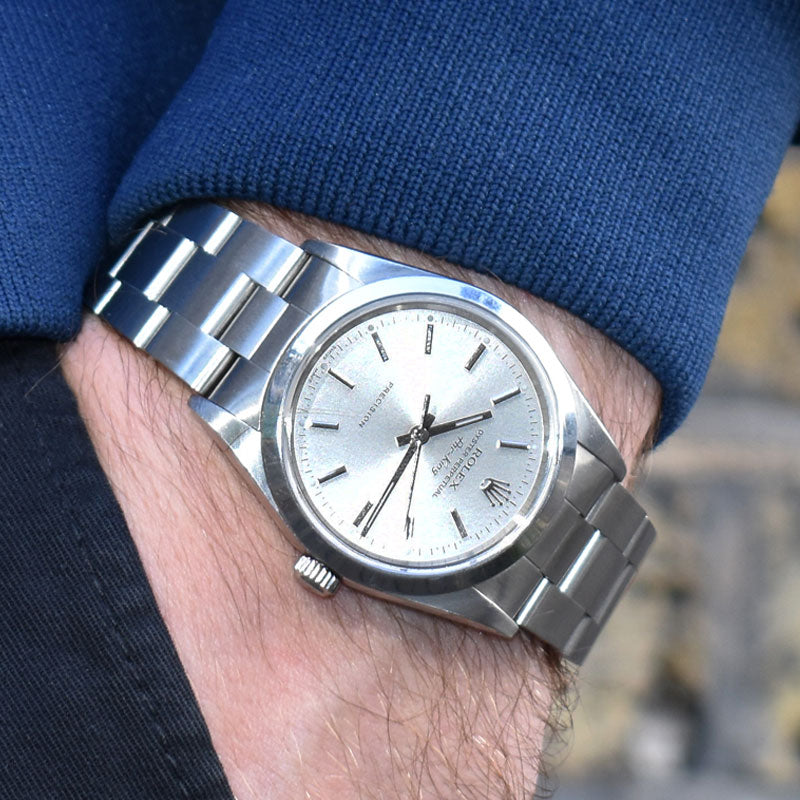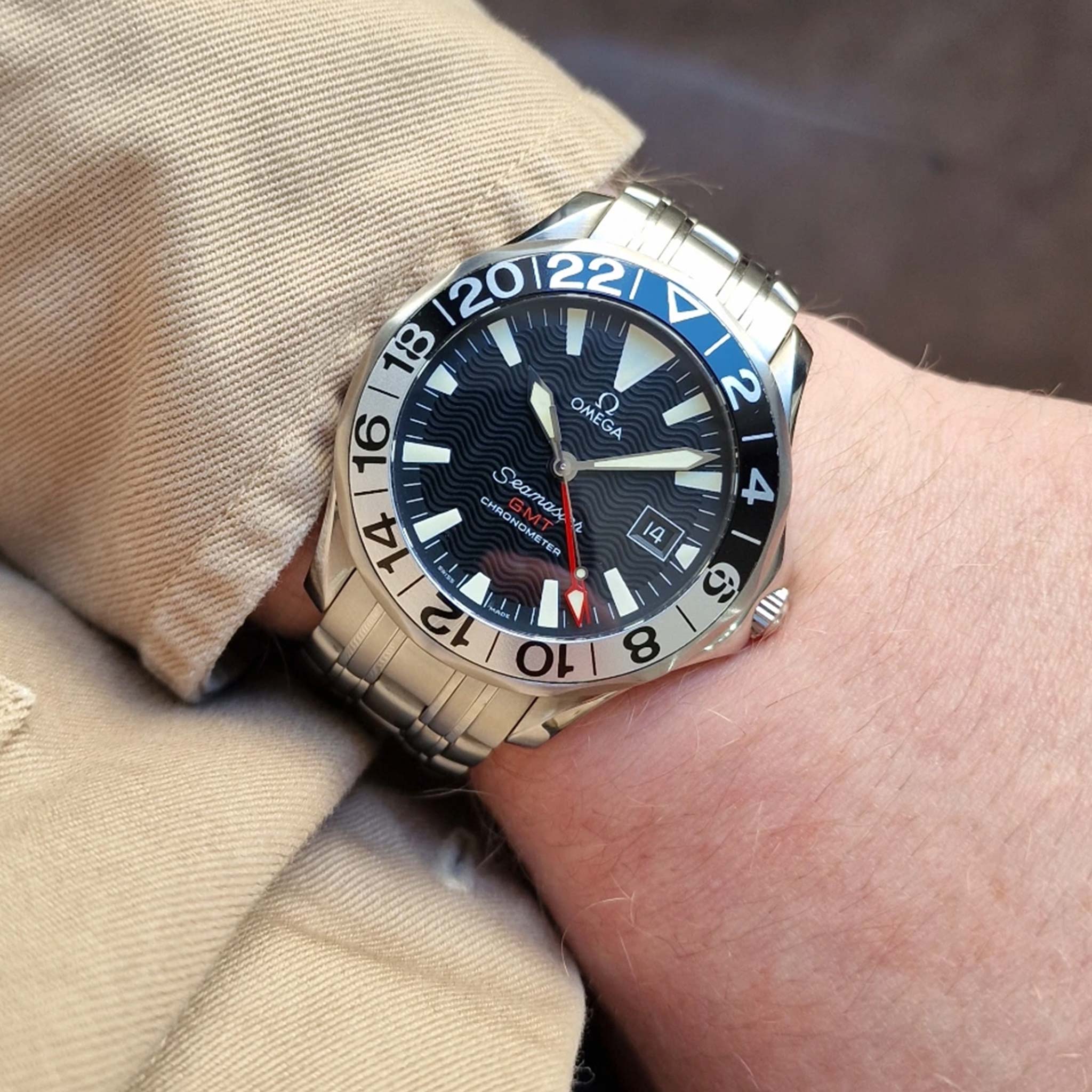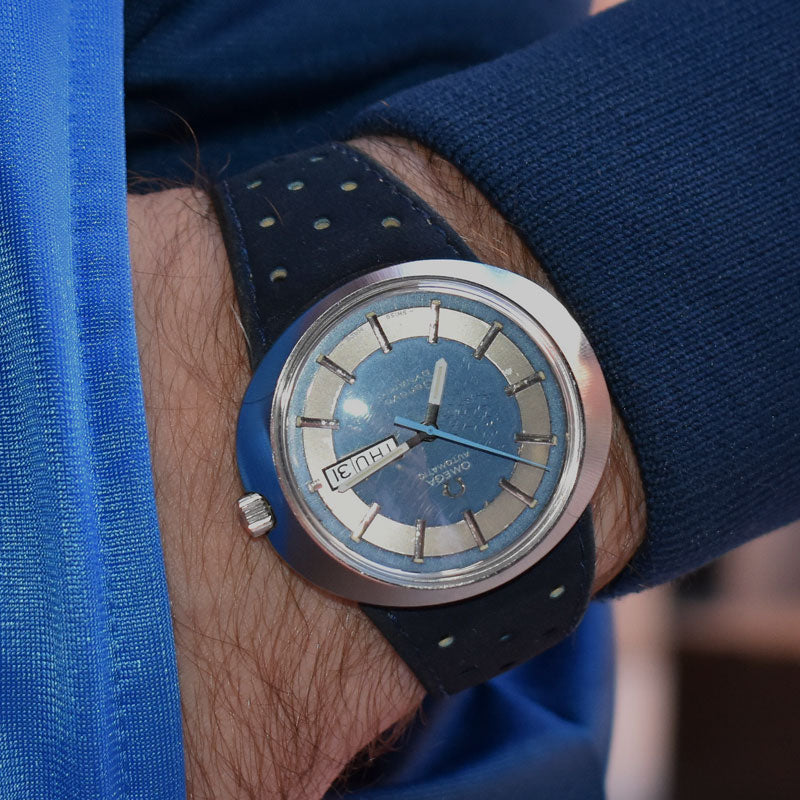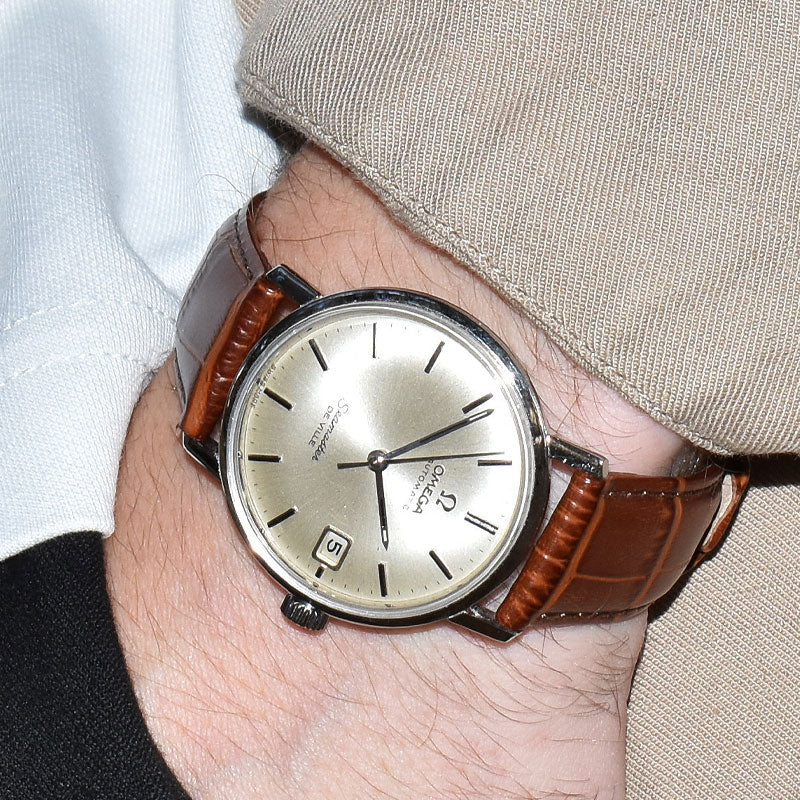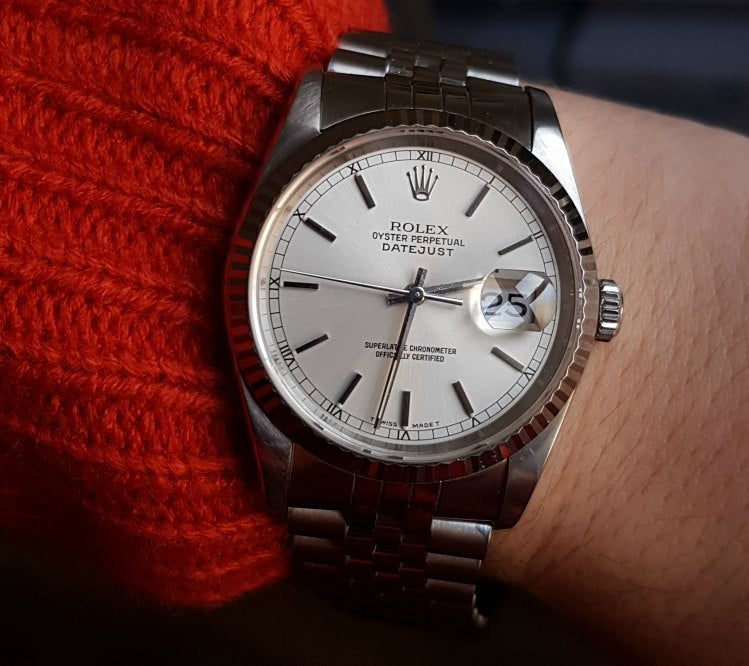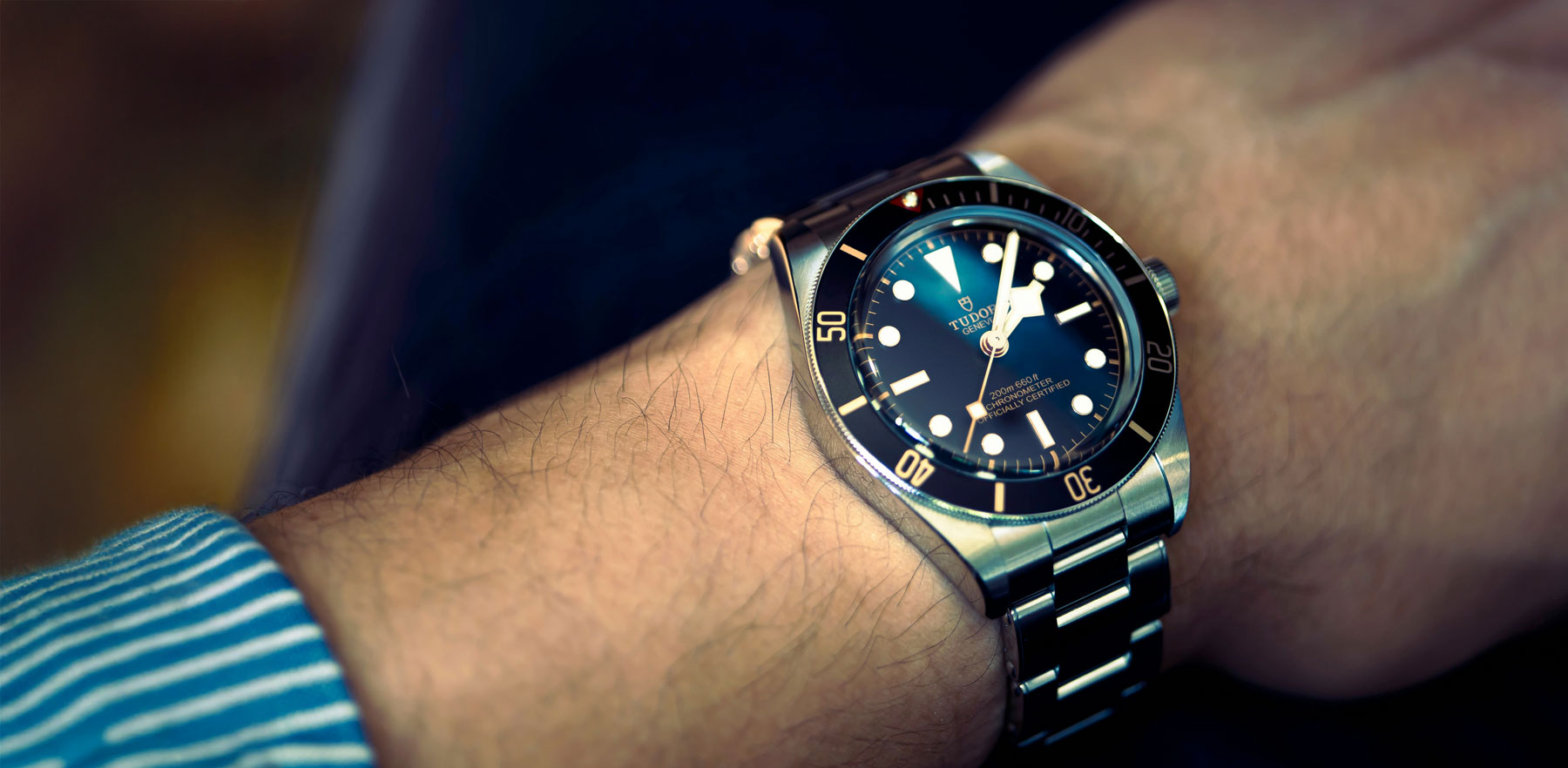The world of watchmaking pretty much has its own language. And as is the case with many industries and cultures, it's only by studying its words and where they come from that you can really begin to understand and appreciate it.
Get an insight into the world of watchmaking today with our list of common vintage watch terminology that every watch buyer should know.
Chronograph
Literally translated, chronograph means ‘time writer’, coming from the Greek “chronos” meaning time and “graph” meaning writing.
This name harks back to the chronograph’s roots as a watch that was operated by marking with a small pen on the dial how much time had elapsed. Today, though, the chronograph is known as a type of watch that features a stopwatch function that can be started, stopped, and returned to zero.

Chronometer
The word chronometer goes back to the eighteenth century when English watchmaker Jeremy Thacker invented an extremely precise, vacuum-sealed clock. The name was later used for clocks used by marines, and has thus far come to describe a clock or watch that is very, very precise.
Complication
In keeping with the general usage of the word, a complication is any feature that makes a watch more complex than just a device for telling the time. That being said, watch complications are created to make watches more functional and to simplify your life rather than make it more complicated.
Many watchmakers pride themselves on their complications; take Patek Phillipe and its watches such as the Calibre 89 which has 33 complications and a total of 1728 parts.
Movement
In watchmaking or horology — the art and science of measuring time — a movement is not an artistic ensemble of dance or music, but rather a term for the inner mechanism of a watch or timepiece.
[products limit="4" columns="4" visibility="featured" ]
With modern quarts watches, it’s hard to see why such a name is used. However, the term originated with mechanical timepieces whose inner workings have many moving parts. The movement of the watch sits behind its face and inside its case, and can describe either a mechanical hand-wound or automatic watch or a quartz watch.
Quartz
To some in the vintage watch world, quartz is somewhat of a sensitive topic as it was the rise of quartz movements in the 70s that lead to the cheap mass production of watches and, some would say, the death of traditional watchmaking.
A quartz movement is one which uses an oscillator regulated by a quartz crystal and powered by a battery to keep the time. This is as opposed to a mechanical movement which uses a clockwork mechanism.
Mechanical
If you’re interested in vintage watches, you’re likely aware of mechanical watches. Such timepieces require precise craftsmanship to build and are made up of many components such as the mainspring, gear train, balance wheel, escapement, main plate, and bridge.
Mechanical watches are typically not as accurate as quartz watches, but due to the time and precision they necessitate to make them, as well as their sheer beauty, they remain the pinnacle of time keeping.
